Description, benefits and harms of small green beans Mash (Golden)
Gardeners who adhere to a healthy diet know about Mash beans. The bulk of the population has never heard of such a culture.
The product is found in ecological shops and special websites. It is brought from Asia. But some summer residents grow crops in their gardens. They diversify the menu with dishes from delicious vegetables. This experience is worth learning.

What it is?
Golden beans belong to the Vigna genus. It is called golden, but it is green. The second name is Mung beans.
The plant is grown in Asia. There from a little green beans prepare many dishes. Mung beans are not widely known in Russia.
At home, Mash is called green beans. They are eaten cooked or raw (germinated). The medicinal properties of the plant are known.
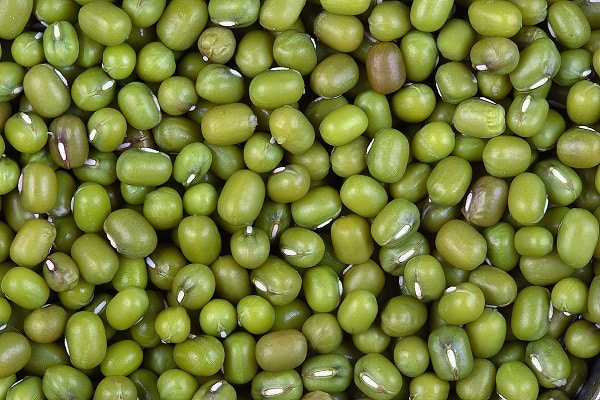
How to choose the right one?
To get a good harvest, gardeners should learn how to choose the right planting material. It is purchased in stores where Mash is sold for food. Recommended:
- Inspect the packaging. The content should be clearly visible.
- The seeds should be smooth, shiny, slightly elongated. The skin is whole, glossy. The color is green, the color is uniform.
- Preference should be given to medium-sized seeds of the same shape and size.
- Any damage to the skin is excluded.
- Small beans optimal for growing. It germinates faster.
- The best producers of Masha are: Uzbekistan, Tajikistan, India, Australia.

It is required to pay attention to the production time: germination is maintained for 24 months.
Beneficial features
Mash has useful properties:

- With regular consumption, blood cholesterol decreases. The condition of the heart and blood vessels improves.
- The amount of sugar decreases.
- Vessels become elastic.
- Immunity is strengthened.
- Beans are a mild diuretic.
- Sprouted beans fight inflammatory diseases.
- Golden beans are included in the diet menu for those wishing to lose weight.
- Masha sprouts stimulate brain activity, strengthen memory.
It has been suggested that regular consumption of golden beans reduces the risk of cancer.
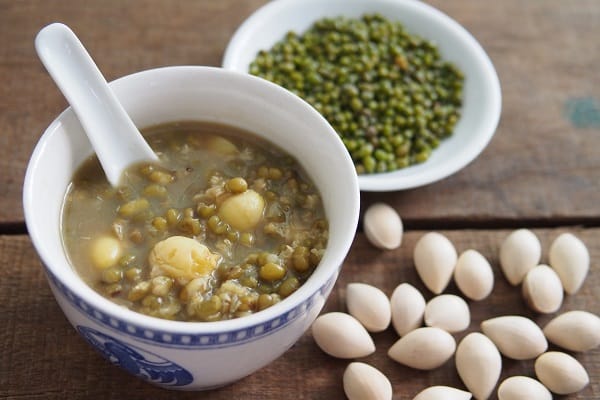
Composition and calorie content
Mash has a complex composition. 100 g of the product contains 32 g of protein. Beans also supply:
- amino acids (18 types);
- vitamins: C, B, PP, A, E, K;
- choline and beta-carotene;
- potassium, magnesium, phosphorus, sodium, iron, zinc, selenium, manganese, copper.
It is a nutritious food. Its calorie content is 347 kcal. Slow carbohydrates: They promise a long feeling of fullness.

Contraindications
Mash has no contraindications to use. The exception is the individual intolerance to the components of the beans.
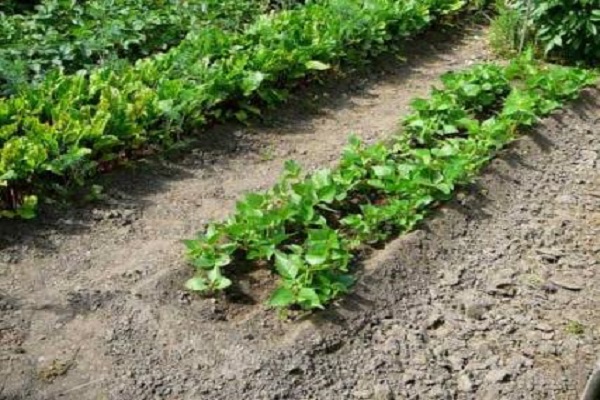
Growing and care
Mash is an alien from Asia. The climate of Russia is unusual for him. To get a good harvest, you should follow the advice of agronomists:
- Due to the long growing season (100–120 days), it is possible to grow by direct sowing into the ground only in the southern regions. In the Central lane and in the North-West, it is recommended to drive out seedlings.
- The high temperature (up to 35 degrees Celsius) pleases the plants. In cooler regions, it is recommended to plant cold-resistant varieties.
- The soil should be loose, moisture-permeable, chemically neutral.
- In arid regions, the plant requires regular watering: drought reduces yields.
- It is recommended to choose a place for planting in sunny, ventilated areas.
- Sowing or planting seedlings begins when the soil warms up to 15 degrees at a depth of 10 cm.
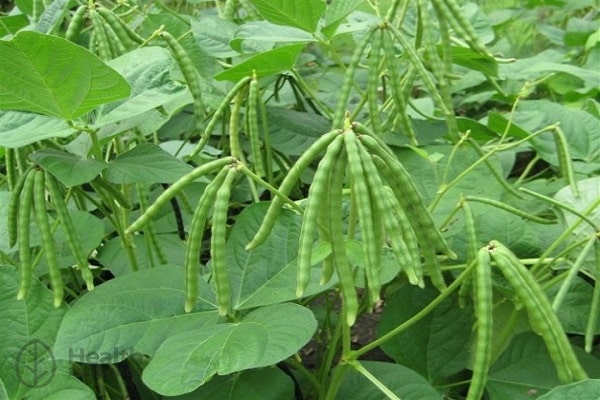
Mash grows up to 1.5 m. A garter to the support is recommended.
How to sprout Mash?
Sprouts are available from health food stores. But some gardeners cook their own meals.

It is required to select fruits of the same size and shape. Then rinse thoroughly with cold water. Place on a sieve to drain excess moisture. Then put cheesecloth moistened with water on a flat plate. It should be folded in several layers. Spread the beans in one layer, cover with gauze. Put in a warm place. The gauze needs to be moistened when drying. After 2-3 days, the grains will germinate.
Sometimes the dish tastes bitter. To neutralize the unpleasant taste, pour boiling water over the seedlings.

Storage methods
Gardeners are advised to collect mung bean as the harvest ripens in several steps. Beans with dry flaps are ventilated in the shade, then peeled. The seeds are put in cloth bags (canvas is better). To protect against beetles, it is recommended to simultaneously lay cloves of garlic or laurel leaves.
At the end of the growing season, all fruits should be picked. Cut green (not spilled) beans into pieces and freeze. Thresh unripe beans and freeze too.

Use in cosmetology
Masha fruits have aseptic properties. Cosmetologists include them in masks for problematic, acne prone skin. Of bean leaf preparing cleansing lotions. Dry parts of the plant are ground and used in scrubs.

Cooking use
Mung beans are the staple of Asian cuisine. Pilaf, soups, noodles, salads are prepared from them. Many recipes have migrated to European cuisine. In Russia, Mash began to be included in the Lenten menu.
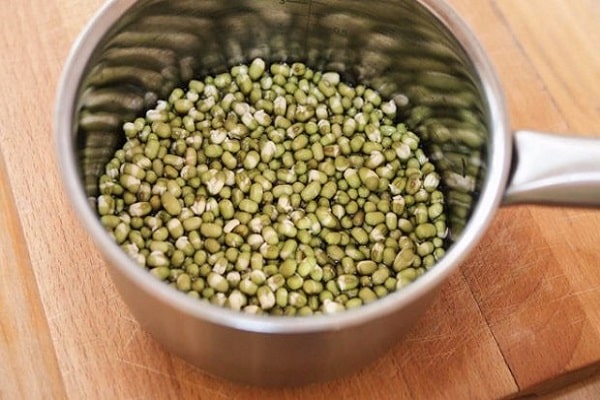
Cooking recipes
Some mung bean recipes are easy to prepare. The dishes are delicious and nutritious. They contain the required amount of vitamins and minerals.
Soups
Masha and meat soup:
- Dice one onion and medium carrot.
- Fry until tender.
- Soak 300 g Masha in 1.4 liters of water. Stand for 45 minutes.
- Put beans in a frying pan. Add 1 tablespoon tomato paste and 200 g ground beef. Fry until meat is tender.
- Pour the contents of 1.5 liters of water. Season with salt and pepper. Bring to a boil and cook until the beans are soft.
- Remove from heat, add herbs.
Serve after 10 minutes (let it brew).
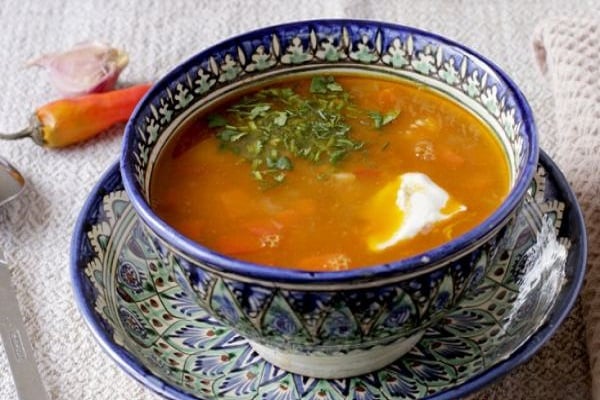
Shavlya with Masha
How to cook:
- in a cauldron, fry 1 carrot and 1 onion;
- add 300 g of lamb, a glass of rice, 200 g of soaked Masha, spices, salt, pepper;
- fill with water (it should cover the contents of the boiler);
- simmer until tender.
Serve with tomatoes and cucumbers.

Pilaf with rice and Masha
This pilaf can be cooked with or without meat. It turns out equally tasty. Cooking steps:
- fry the onions and carrots in a kettle (100 g each);
- add lamb (300 g);
- add a glass of rice and soaked masha, spices for pilaf, stir;
- add water (it should cover the food in the boiler);
- simmer under the lid until the moisture evaporates;
- add a head of garlic, simmer until softened.
Serve with pickled onions, tomatoes and cucumbers.
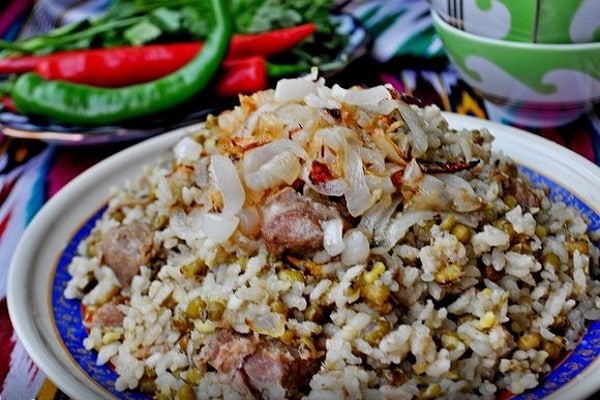
Rice with Masha
This high-calorie dish of beans and cereals will replace the second meat. How to do:
- boil 1 glass of rice;
- Soak 200 g Masha for 30 minutes, then boil until soft;
- Chop 1 onion and 1 carrot and fry in vegetable oil;
- add rice and mash to the pan, salt and pepper;
- simmer for 2 minutes.
Serve with chopped herbs and tomatoes.
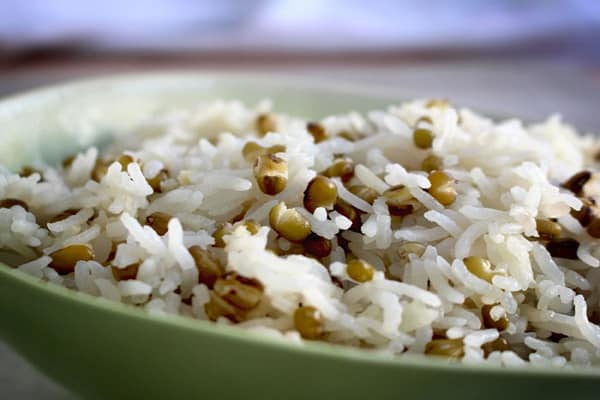
Pies with Masha
Mash beans make a hearty filling for pies. How to cook:
- Soak 300 g of beans for 1 hour;
- Cut 1 onion and 1 carrot into small cubes, fry in vegetable oil until tender;
- boil the beans until soft, then rub through a sieve;
- Put the mung bean in a pan with onions and carrots, add salt, pepper, garlic;
- simmer for 2 minutes.

Prepare unleavened dough:
- Mix a glass of flour with a pinch of salt and 1 egg;
- add water until the dough begins to lag behind your hands;
- roll into a ball, wrap with cling film, leave for 30 minutes.
Make pies from the dough and filling. Fry in vegetable oil.
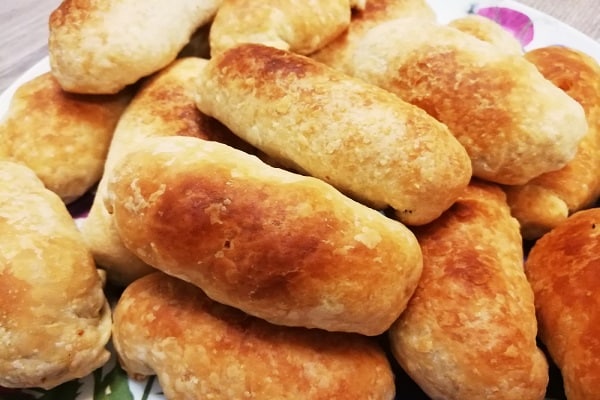
Cannelloni
For filling pasta, use Mash. Preparation:
- Fry 300 g of champignons in oil;
- add 1 onion and crushed garlic;
- Soak the mash, then boil until tender;
- mashed boiled mash, add to mushrooms;
- mix, salt, pepper;
- fill the canneloni, put in a saucepan;
- pour over the sauce, sprinkle with cheese, bake in the oven.
Serve with herbs and vegetable salad.
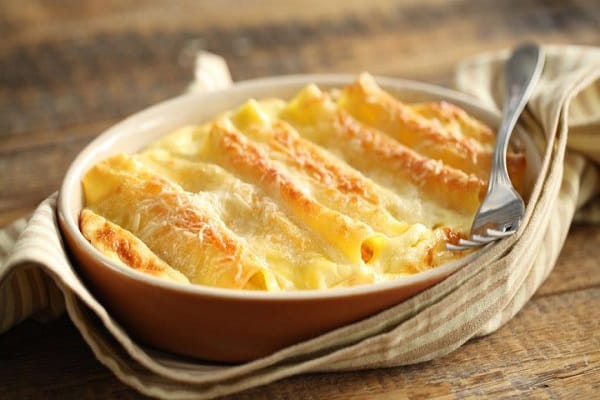
Mashhurda
This is a thick, hearty soup. Cooking rules:
- Fry 500 g of lamb brisket in fat until crusty;
- add chopped 1 onion and 2 carrots;
- after the carrots are ready, add 1 tablespoon of cumin, salt, pepper, coriander;
- add chopped bell peppers (1 piece);
- put 2 tablespoons of tomato paste;
- heat, add 4 chopped tomatoes;
- pour 3 liters of water;
- put half a glass of soaked Masha in boiling water;
- then add 4 chopped potatoes;
- add half a cup of rice;
- simmer under the lid until tender.
Pour into bowls. Add chopped cilantro, dill, parsley and crushed garlic.
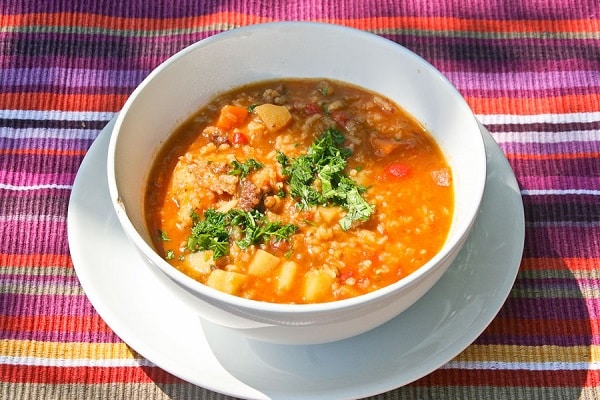
Kichari
Preparation:
- soak rice and Mash (half of rice), then boil;
- in a pan, fry spices (cumin, pepper, coriander) without oil;
- add oil and fry the onion and chopped garlic together;
- add carrots, zucchini, bell peppers;
- add fried vegetables to rice and mash, salt.
Serve with chopped herbs. The dish looks like a vegetarian pilaf.

Masha cutlets
This bean dish is perfect for a lean menu. Preparation:
- soak 300 g of beans for half an hour;
- boil Mash until tender;
- chop and fry one onion and 1 carrot;
- pass the Mash through a blender along with onions and carrots;
- add salt, pepper, dry spices;
- mix with egg;
- make cutlets with wet hands, roll in breadcrumbs, fry in vegetable oil.
Serve with tomato sauce.

Sprouted Masha salad
Bean sprouts salad is the perfect breakfast dish. It will saturate and supply with vitamins. How to cook:
- spread lettuce leaves on a platter;
- put a glass of Masha sprouts on top;
- sprinkle with 1 tablespoon of roasted and peeled seeds;
- salt, pepper;
- drizzle with lemon juice and olive oil.
Serve with a slice of toasted rye bread.

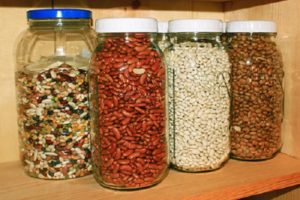
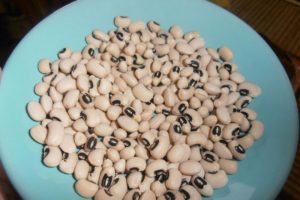
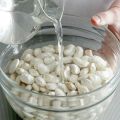
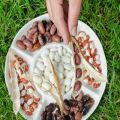
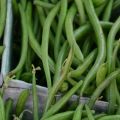
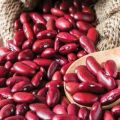
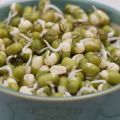
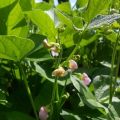
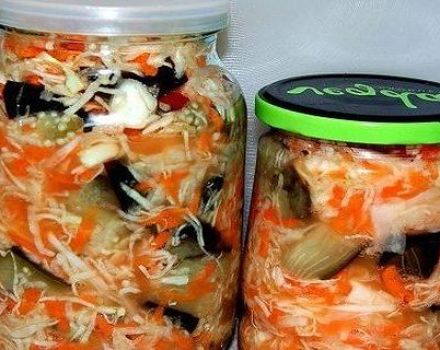

I grow such beans, they are quite whimsical for our conditions, but when I started using a bioactivator for plant growth BioGrow, noticed that she began to grow faster, and was not so sensitive to diseases. Very tasty, I recommend planting it to everyone.